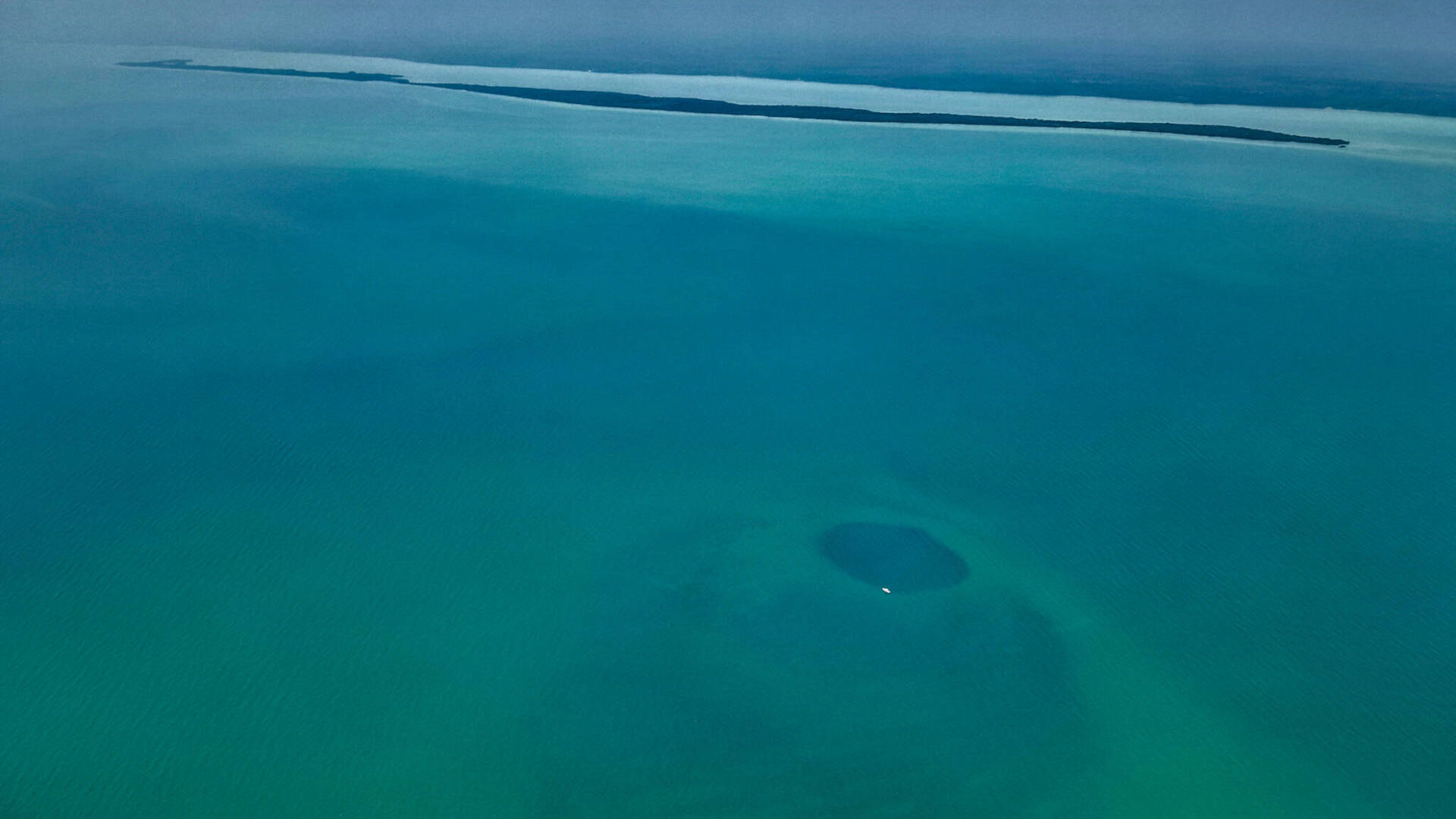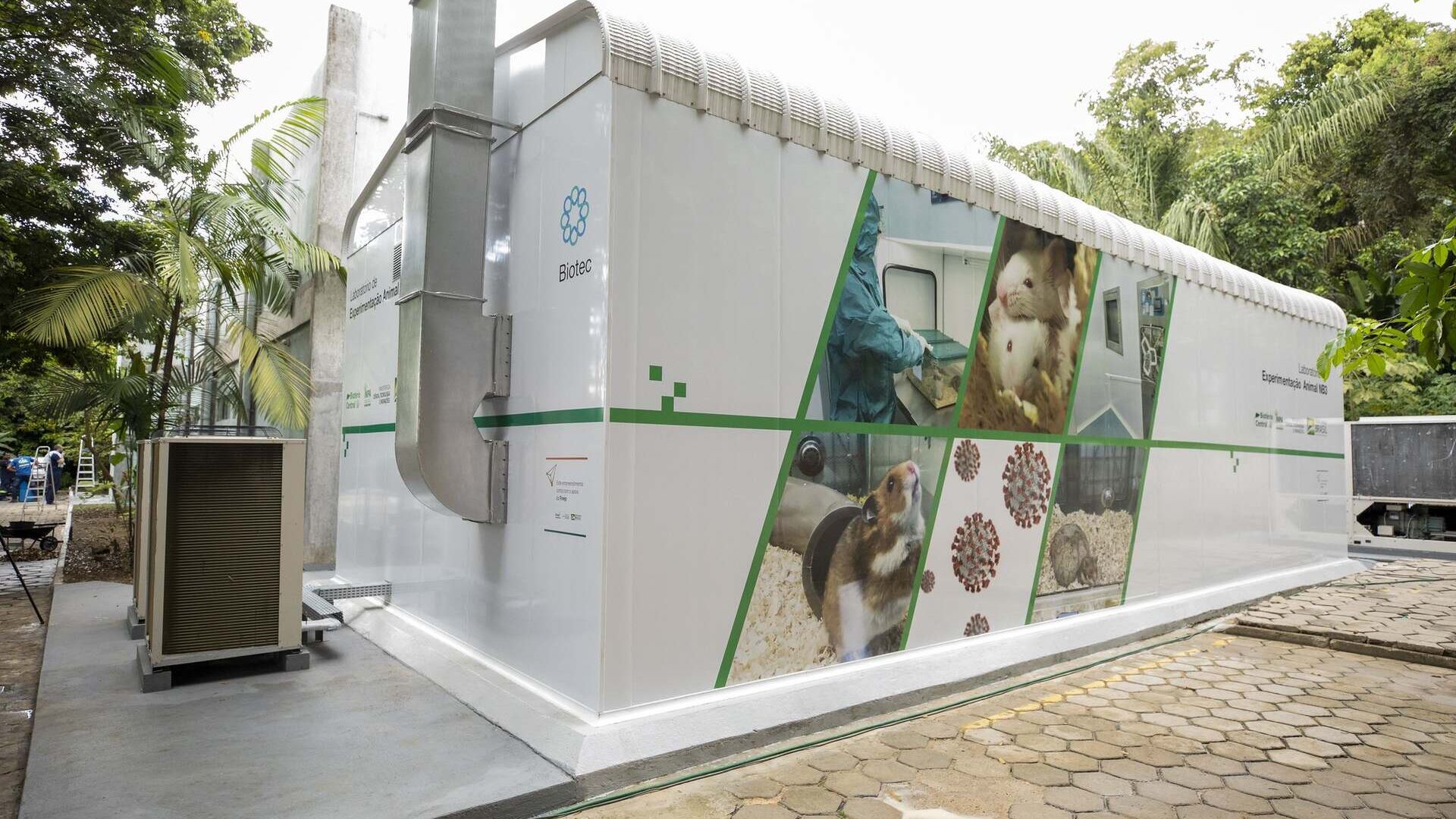An experimental embankment for continuous river monitoring
The Fibra Dike project: Italy and Switzerland studying a system of fiber optic sensors for the control of embankments, starting from Po and Rhone
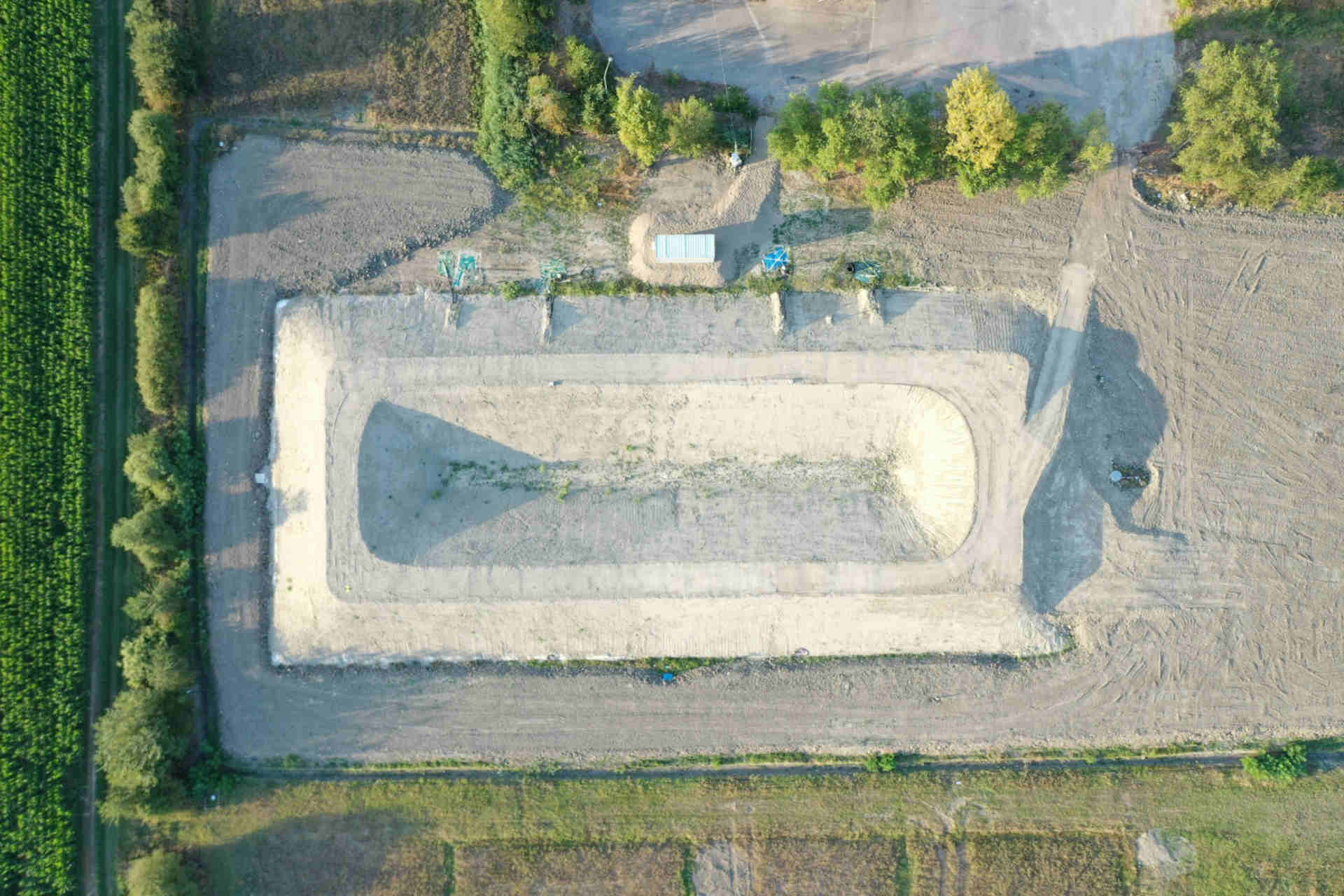
The construction of theexperimental embankment was completed at the end of the summer of 2023: it is not yet a real embankment, but a huge tank installed at the AIPo Scientific and Technological Pole of Boretto, which simulates the characteristics of the course of the Po and the Rhone and which will have the task of testing a innovative sensor system.
The project in question is called Dike Fiber and is the result of the collaboration between AIPo, the Interregional Agency for the Po and OST, the Professional University School of Eastern Switzerland in Rapperswil-Jona, on Lake Zurich.
The waterways of Italy and Switzerland, in a certain sense, are in fact "closer" than one might think.
Trees and plants instead of parking lots in the city: the study on "Nature"
The revolutionary sensors that can save millions of batteries
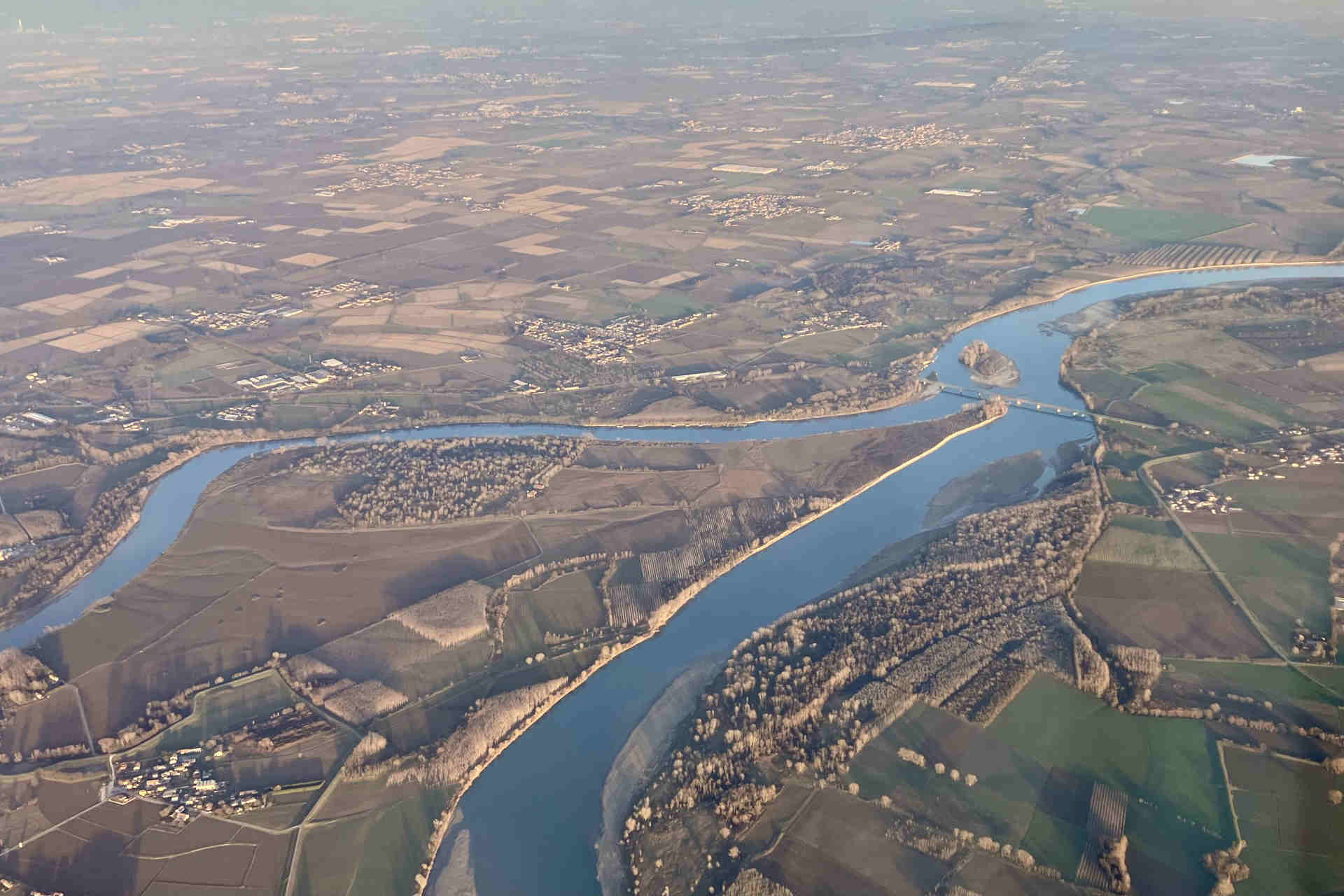
The artificial basin that "joins" two large rivers
Il artificial basin built at the AIPo scientific center in Boretto, in the province of Reggio Emilia, it is a large rectangular pool 85 meters long and 35 meters wide, designed to have a 1:2 slope and a total height of 3,5 metres.
The banks of this basin, the four sides of the basin, are equipped with an enormous amount of sensors: tensiometers, strain gauges, piezometers and a fiber that runs along the entire course of the tank and which is actually a sophisticated diffuse sensor.
The project Dike Fiber, which combines the forces of AIPo (Interregional Agency for the Po) and the Professional University School of Eastern Switzerland in Rapperswil, has precisely this objective: to test the potential of this new system of embankment monitoring, which could be applied to long stretches of waterways.
The artificial embankment of Boretto is made with silt and silty sand to match the composition of the banks of two European rivers, the Po and the Rhone.
"In Boretto we rebuilt an embankment typical for the conditions of the Po but also for the Swiss ones”, explains the Professor Carlo Rabaiotti, head of the project. The experimental embankment, explains the expert geotechnical professor, “consists of two sections: one typical for the conditions of the Rhone and one more typical of the Po Valley condition".
The genetic diversity of plants is at the service of nutrition
Fishing for DNA in Swiss rivers to study biodiversity
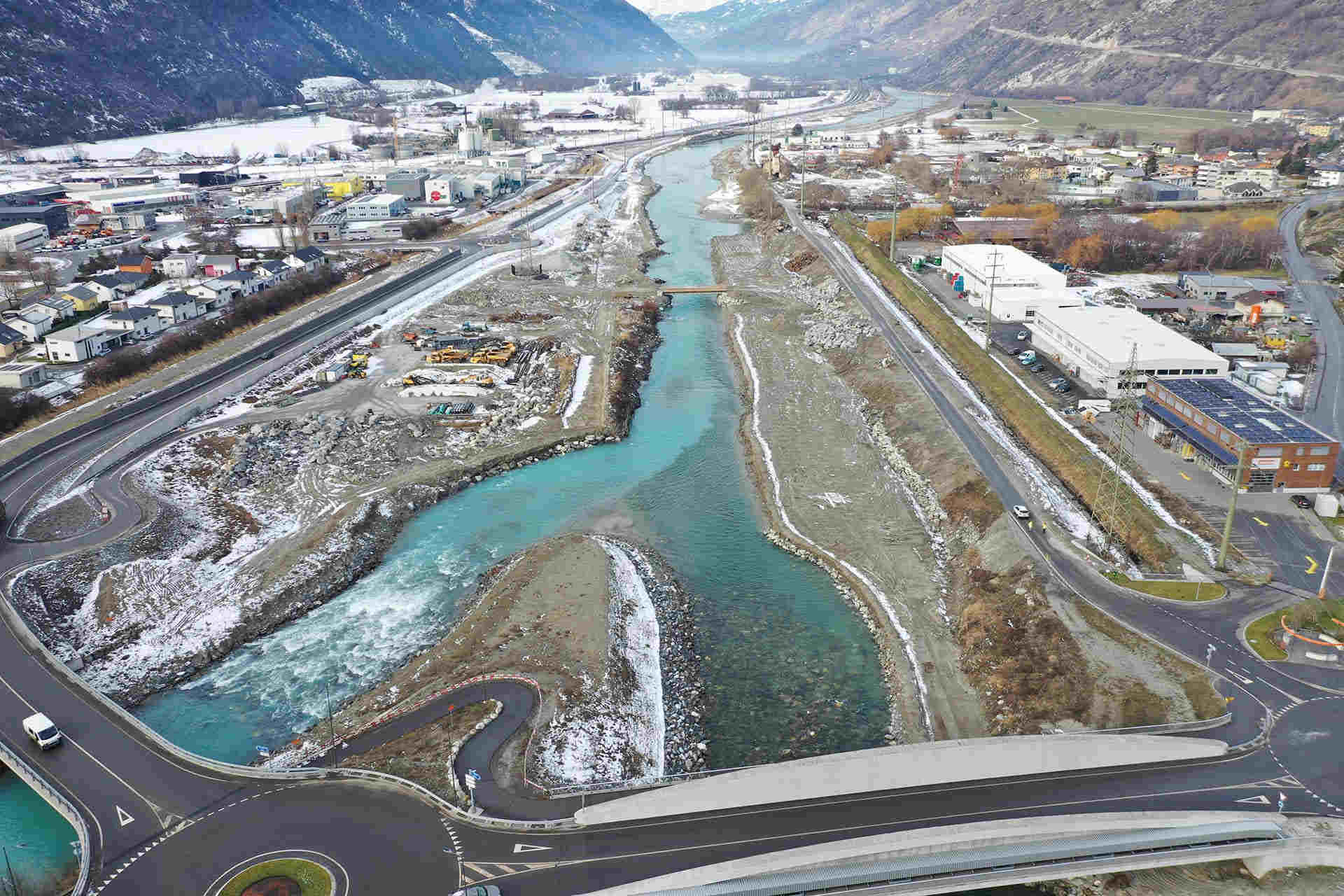
The construction of the experimental Boretto embankment
The construction of the artificial reservoir, officially started in April 2023, ended on August 24 of the same year.
Inside the embankments, on different levels, there are: 24 dielectric sensors which measure the humidity of the soil, of the optical fiber, 27 piezometers traditional, 6 tensiometers on which the Professors' research group worked Guido Gottardi e Michela Marchi ofUniversity of Bologna and of course the new distributed sensor developed by OST.
The experimental monitoring system was created to be able to also be used on existing embankments, therefore the artificial basin was divided into two sections: one "ex novo" type and one in which the sensors were installed after construction, as if it were an existing embankment.
They run on both fronts approximately 800 meters of optical fiber, which in the already existing section (retrofit) were installed without using destructive techniques and monitoring the possible risks which can arise from the same operation.
This sophisticated sensor system, explains the AIPo, “provides important information on the pressures acting inside the embankment and therefore on its stability".
The experimental tests, “with different levels of water filling of the internal area delimited by the embankment”, will continue until the end of this year.
Then, after having collected and classified the data received, "it will be possible to establish whether and how this type of technology can be applied on the embankments that will be built in the future, allowing the vulnerability and stability of the embankments to be monitored in real time".
Thinking about water means thinking about the future: to be better preserved and managed
The darkest river in the world is in Congo: the first study on the Ruki
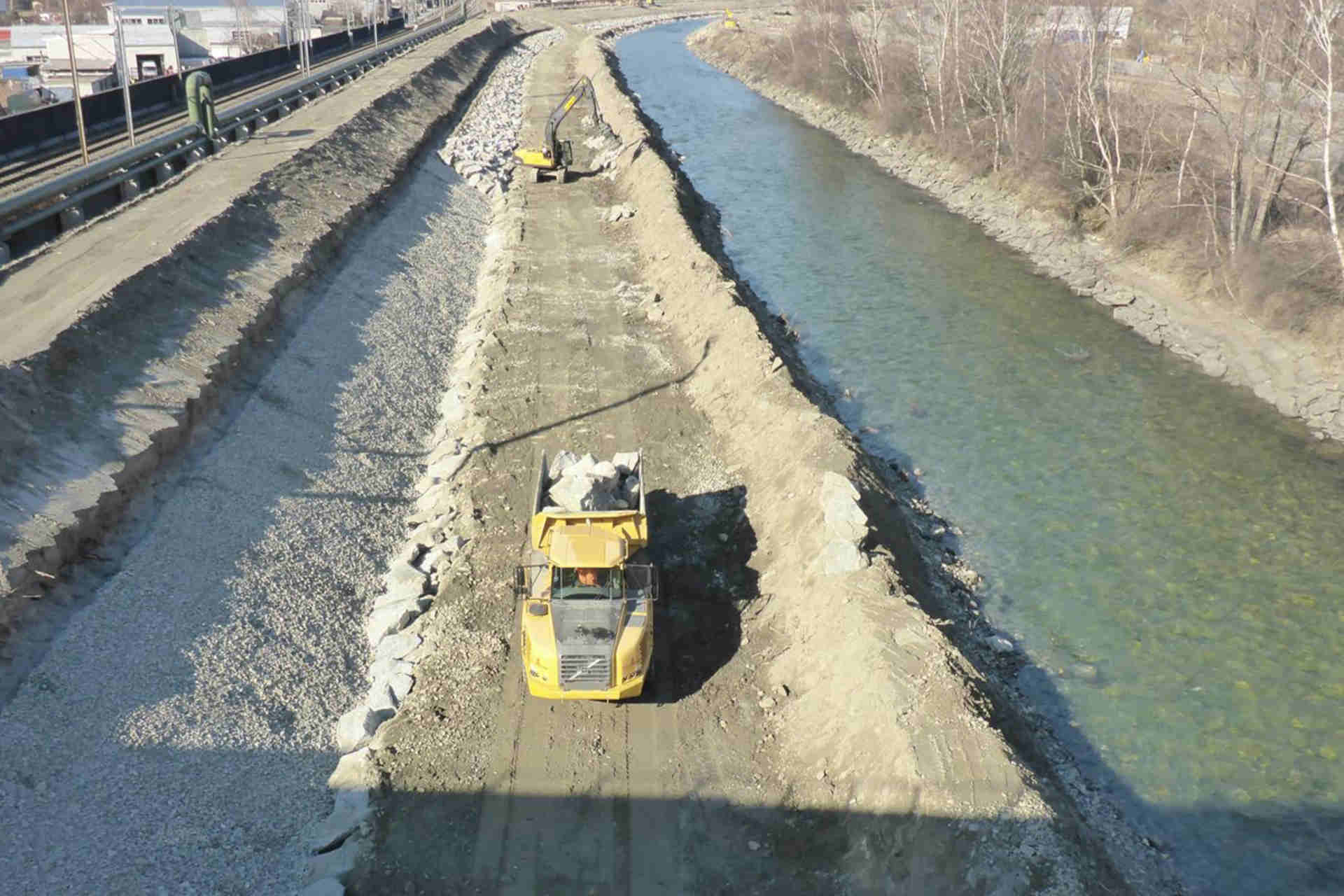
A kilometre-long sensor for monitoring rivers
"The great innovation of this system”, explains the Deputy Director of AIPo, Gianluca Zanichelli, "is the possibility of continuously measuring the filtration motions below the embankment: this allows us to move from a type of punctual sensors to a diffuse sensor, which could be installed on long stretches of the Po river and also its tributaries, especially in areas that have experienced this type of problem over the years".
Fiber, in fact, is a complex sensor developed and patented at the Eastern Switzerland University of Applied Sciences. As he explains Carlo Rabaiotti, teacher at OST and head of the project, “it consists of a soft plastic tube around which a fiber is wrapped which measures the compression of this tube caused by the water pressure".
As we read in the article published last December on “IEEE Sensors Journal”, the use of distributed fiber optic sensors (or DFO, Distributed Fiber Optic) is among the most promising technologies for monitoring dams and embankments.
The system developed by OST researchers is “un distributed pressure sensor (DPS) which is based on DFO technology for early detection of water channel formation through direct measurement of pore pressure".
The DPS sensor is designed to monitor embankments at depths between 1 and 20 meters and to meet a key prerequisite related to the size of the device, “which in the case of river banks it should be in the order of several kilometers".
Generative AI: “These are the jobs that will no longer exist thanks to me”
Fishing kills more and more sharks: the outcome of the shocking study…
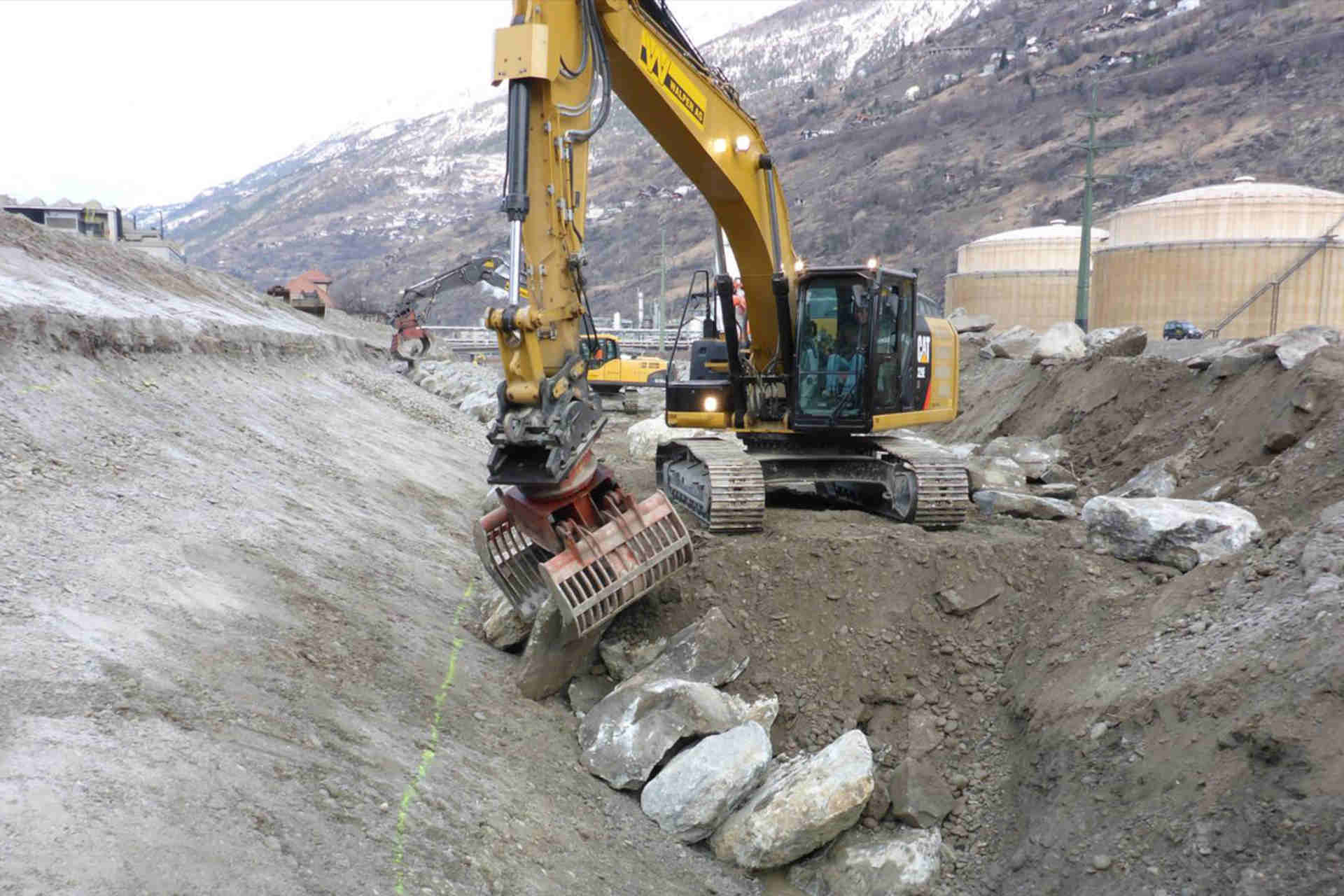
Dike fibre: first applications in the field soon
This experimental monitoring project was created to provide a latest generation solution for managing hydraulic risk in the areas most subject to floods and floods.
Unlike traditional control systems, which require manual operations and do not provide sufficient data for accurate predictions, the new sensors allow you to directly measure, automatically and continuously, different soil parameters.
In addition to pore pressure, the DPS sensor developed by OST researchers allows monitoring total pressure, soil deformation, temperature and soil humidity.
Furthermore, the data processed by the new monitoring system can be used for train an AI model able to do increasingly accurate forecasts.
Researchers are now engaged in the long and complex phase ofdata analysis: the first field applications could see the light already by the end of the year.
Meanwhile, the first river to experiment with the "fiber optic" embankment is the Rhone: as stated on the Fibra Dike project website, the new DFO monitoring system is already implemented within a real embankment under construction along the river course.
The system will in particular monitor the erosion and washout phenomena of the riverbed and the interchange of river and underground flows.
From “Voxxed Days Ticino” to… Happy Days with a boom in attendance
New artificial muscles: lighter, safer and more robust robots
The Italian-Swiss project for monitoring embankments with fiber optic sensors
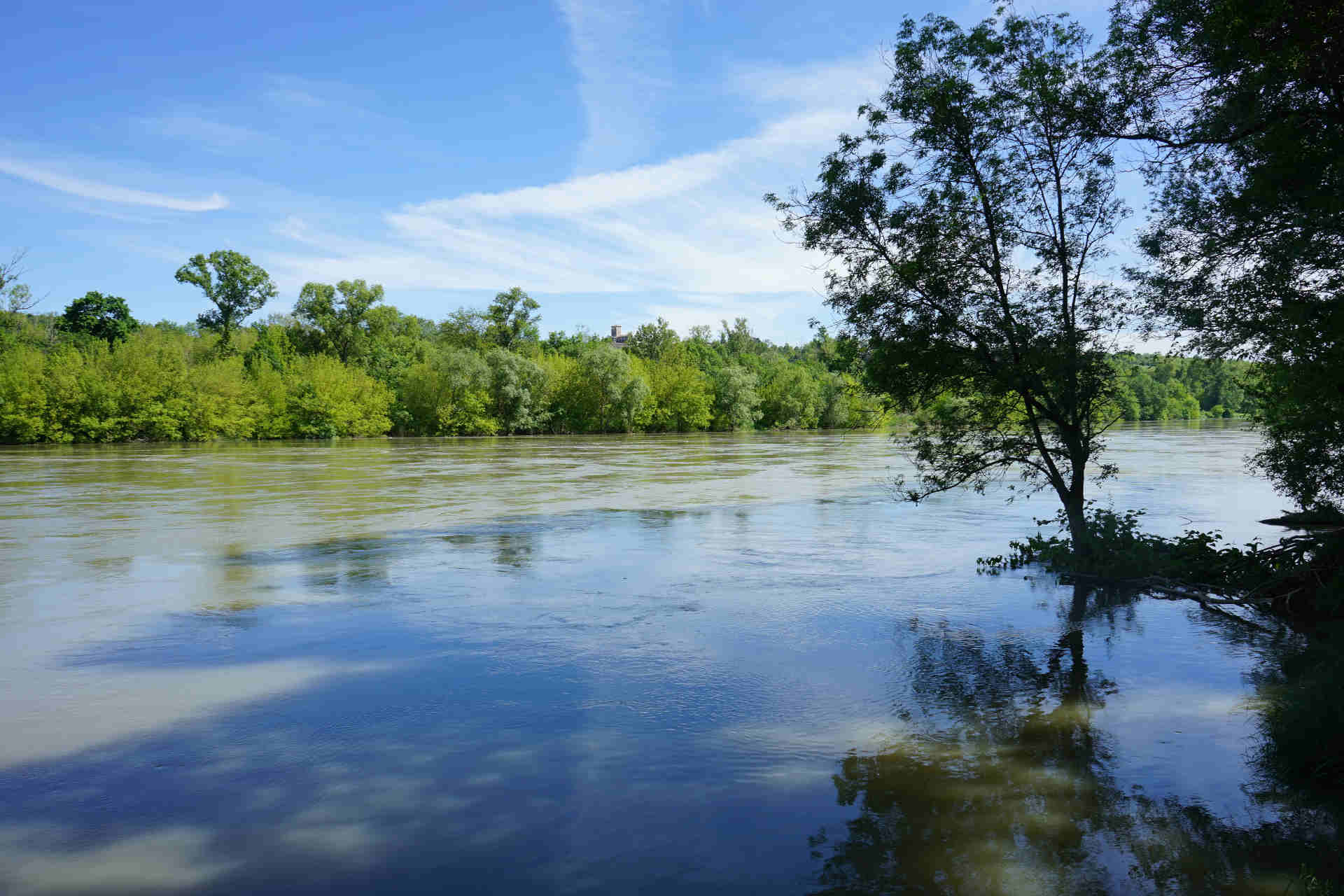
See on the map
You may also be interested in:
Taam Ja' is the deepest “blue hole” in the world: the discovery
Marine cavity probed off Yucatan Peninsula, found four times deeper than previous record-breaking sinkhole in Belize
In Brazil the first meeting in the world between biosafety and synchrotrons
In Campinas, a NB4 level maximum biological containment laboratory will be connected to the light sources of a particle accelerator
In Alto Adige today EDIH NOI is the new point of reference for AI
4,6 million euros from the PNRR fund will be allocated to Bolzano for services to local companies in the digitalisation of intelligence…
by Editorial staff Innovando.NewsEditorial staff of Innovando.News
Austria, Germany and Switzerland for "more innovative" cargo railways
DACH Ministers Leonore Gewessler, Volker Wissing and Albert Rösti: the introduction of Digital Automatic Pairing is a key element
by Editorial staff Innovando.NewsEditorial staff of Innovando.News

